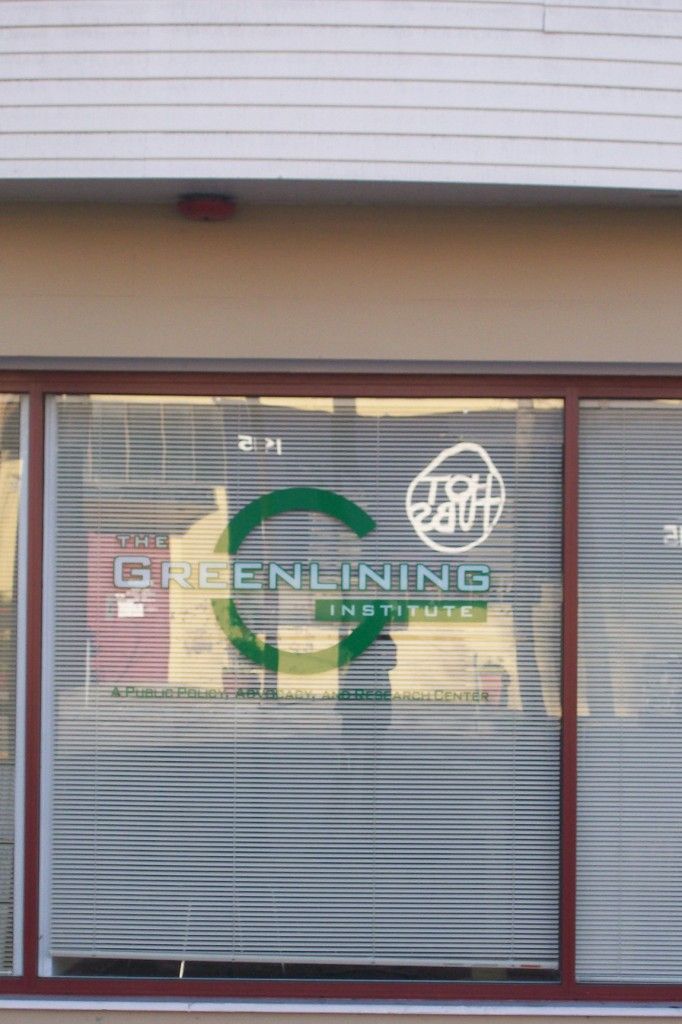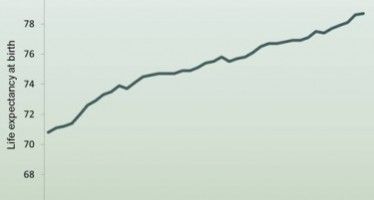Greenlining Series: Uncle Sam opens bank vault

This is the third part of a series produced by CalWatchdog and the Examiner regarding the Berkeley-based Greenlining Institute, a low-income housing advocacy group that critics say intimidates banks and helped cause the housing meltdown.
By TORI RICHARDS
Congress gave Fannie Mae and Freddie Mac authority in 1993 to buy trillions of dollars in low-income, single-family mortgages made under the Community Reinvestment Act.
Not coincidentally, the Greenlining Institute was incorporated the same year.
In the following years, the subprime mortgage market flourished as low-income residents — often assisted by Greenlining and similar groups, demanded and got home loans that many ultimately couldn’t afford.
And Greenlining kept track. Armed with data showing lending practices to zip codes with high concentrations of minorities and low-income residents, the activist group issued annual report cards and jumped at the chance when a bank merger was proposed.
“There is only one silver bullet that the community activist has, and that’s public opinion,” said Robert A. McNeely, executive vice president of Union Bank.
“You don’t want anyone to damage your brand because then you can lose customers. Shareholders don’t want to see you have a bad reputation. And community activists are the little guy and they can make the big guy look bad,” he said.
Sure enough, Greenlining recruits would noisily protest outside of bank offices, create a media blitz with charges of racism, and demand that federal regulators hold hearings to investigate non-CRA compliance.
Much like settling a class-action lawsuit, the banks usually thought it more prudent to cave to Greenlining’s demands rather than face costly merger holdups.
“Banks have a fairly well-defined timeline to cause the acquisition to occur and it’s expensive to delay it — for large banks, it can be as much as $1 million a day,” McNeely said. “Mergers are hundreds of millions of dollars. It’s cheaper to go ahead and pay a ransom and not worry about it.”
McNeely first met Greenlining founders Robert Gnaizda and John Gamboa in 1998, when Union Bank was merging with California First Bank. They agreed to a deal where $84 million would be dedicated to low-income communities and Greenlining ended its protests. He said the funding didn’t include any money to the Greenlining organization itself.
Other banks didn’t fare as well. Greenlining complained about the CRA record of several Japanese-owned banks — notably Sumitomo – which also had a history of hiring primarily Japanese-Americans.
In 1989, Greenlining complained about Wells Fargo in an effort to block a purchase of Central Pacific Corp. Wells Fargo reportedly responded by saying it had given $281 million in community development loans over the past three years. Wells Fargo sought another acquisition nine years later and, apparently learning its lesson, pledged $15 billion.
Banking giant Citigroup was targeted in 2002 as it sought to acquire California Federal Bank. The $120 billion CRA peace offering was rebuffed as Greenlining protested and demanded $200 billion backed by the personal endorsement of Citigroup’s CEO.
On its Web site, Greenlining called the bank “America’s largest predatory lender” and posted a notice titled, “What Citigroup must do before it is allowed to buy CalFed.”
The activists launched a letter-writing campaign to Fed Chairman Alan Greenspan and U.S. Treasury Secretary Paul O’Neil, urged distribution of anti-Citigroup flyers and told customers to mail their cut-up credit cards to the bank’s CEO.
Now it seemed like banks were expected to throw millions Greenlining’s way to avoid any trouble. In 1999, the National Center for Policy Analysis quoted a Greenlining official as saying, “Companies fund us hoping that the money that they give us is going to temper our advocacy against them.”
But the most notable Greenlining protest had to be Fresno-based Rabobank, which sought to acquire Mid-State Bank in California. The merger attracted attention because Rabobank’s parent company in the Netherlands is worth $1 trillion.
Even though Rabobank had a good CRA rating, Greenlining wanted it to commit more — $7.5 billion in loans to low-income farmers. The little California bank worth $10 billion wasn’t going to do that.
This fight dragged on for two years, reaching a crescendo in 2007 when about 60 sign-waving farm workers complete with a mariachi band protested outside the bank’s headquarters, according to press reports.
“We sat down to educate them about Rabobank,” said Fred Mendez, the bank’s senior vice president of CRA compliance and a former Federal Reserve executive.
“I don’t want them attacking us and calling us Dutch masters, that’s something they do to get press,” Mendez said. “We have to let it roll off our backs and sit down and have an adult conversation. The external part is theater.
“It’s for media, it’s for attention and for the members to show that their organization is fighting like a pit bull. When you sit down with them and the doors are closed, it’s a much more reasonable conversation.”
Mendez and Greenlining officials worked out a deal in which the bank would start offering loans to low-income farmers but didn’t make any loan amount promises.
“By no means did we cut a check (for Greenlining) or do anything that is not beneficial to the bank,” Mendez said. “Right now, I would characterize our relationship as mutually beneficial. It’s not like we’re best buddies going out for pizza and beer.”
Tomorrow: ACORN and Greenlining: Two peas in a pod?
Related Articles
Why not a $100 minimum wage?
March 7, 2013 By John Seiler The Daily Kos liberal Web site is running a $10.10 national minimum wage campaign:
Life imitates sci-fi: Why CA pension crisis is sure to get far worse
The debate in California over public employee pensions has grown familiar in recent times. Those who demand reform finally appear
LAO Says Zero Out AB 32 Funding
MAY 4, 2011 California’s Global Warming Solutions Act of 2006 is in every sense of the word a landmark piece



